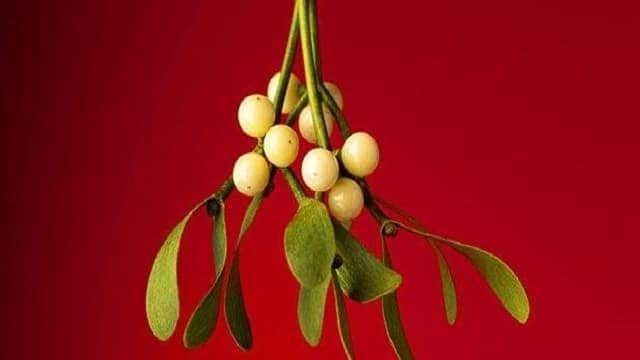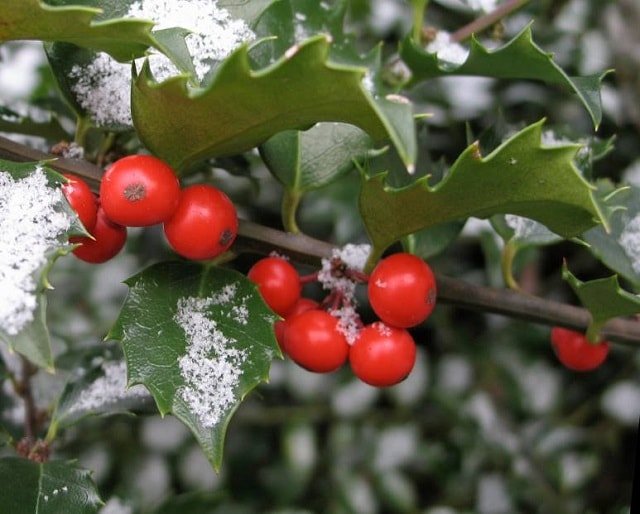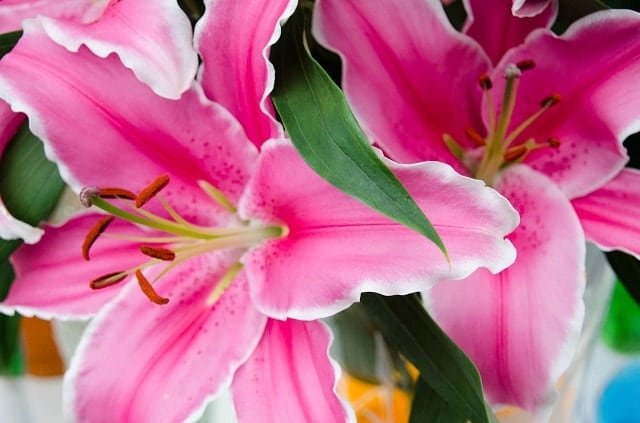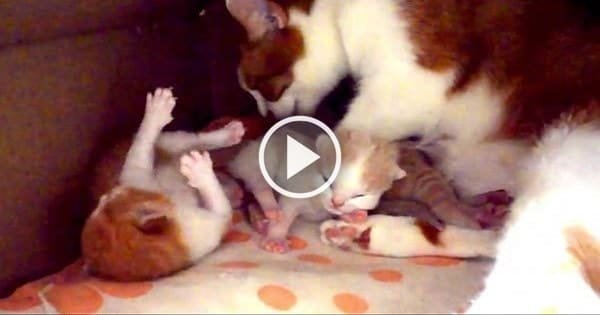Let’s get right to it!
While having mistletoe to kiss under or a potted poinsettia set out beautifully on the coffee table may seem to make your home merry and bright, they can pose a serious health risk to family pets. Dogs and cats are extremely curious creatures that will thoroughly inspect the things that draw their attention, unaware of the health dangers that these things might bring.
Keep this holiday season happy and also safe for all by knowing just which holiday and winter plants are toxic to pets so that these plants can be avoided or kept out of reach, at the very least.
1.) Mistletoe
This holiday favorite is a festive home decoration for Christmastime and is an important “kissing” tradition to many people. However, mistletoe is extremely poisonous to pets and, if ingested, pets like dogs and cats may experience gastrointestinal upset and show signs of poisoning such as a sudden and severe drop in blood pressure, difficulty breathing, low heart rate, and a sudden change in mental function. If a large amount happens to get ingested, then an animal could experience seizures and possibly hallucinations or even death can occur. Both fresh and dried mistletoe leaves and berries are quite toxic, and both need to be well out of a pet’s reach or, to make everything much easier, don’t bring mistletoe into your home in the first place.
2.) Holly
Another very popular decorative holiday plant is holly. It stands out on its own and makes a nice addition to Christmas garlands, wreaths, and centerpieces. It is also sometimes used to decorate wrapped gifts. Unfortunately for our pets, holly is dangerous and is considered poisonous. Symptoms of ingestion can include an extreme decrease in energy, vomiting, diarrhea, upset stomach, and unusually excessive drooling. It’s very important to consider where you put holly. Remember: cats are able to scale bookshelves and mantels, and bigger dogs can reach areas like tabletops, so you’ll want to keep it out-of-reach of them both.
3.) Lilies
Cats are particularly susceptible to the dangerous toxins that are in lilies and lily bulbs. A cat ingesting any part of a lily can lead them to have kidney failure. Other poisoning signs include vomiting, depression, and also a loss of appetite. Also, too, there are many people who believe lilies only come in pink. This is not so. Always be sure to KNOW EXACTLY what plants you have in your home.
A few more things to keep in mind this holiday season
If you believe your dog or cat has eaten mistletoe, holly, lilies, or other possible toxic plants, you should contact your veterinarian immediately — do not wait.
Along the same line, this can come as a surprise to some, but poinsettias are not deadly to pets, so display away! However, while it actually has a low level of toxicity, if your pet does happen to get its paws on it, there is still a chance that poinsettia plants can cause irritation to the mouth and stomach leading to vomiting. In addition, watch to see if your dog or cat is chewing on the Christmas tree. The tree needle oil itself on some types of real Christmas trees is considered mildly toxic and can have some of the same symptoms as poinsettias. Keep your eye out as ornaments and light bulbs can also pose a danger of ingested. And tinsel! Let’s not forget tinsel. If swallowed, it can wrap itself around the organs in your pet’s digestive system!
The Humane Society of the United States also has a list of some of the most common toxic plants to animals. Check this list out carefully on their website, here.












